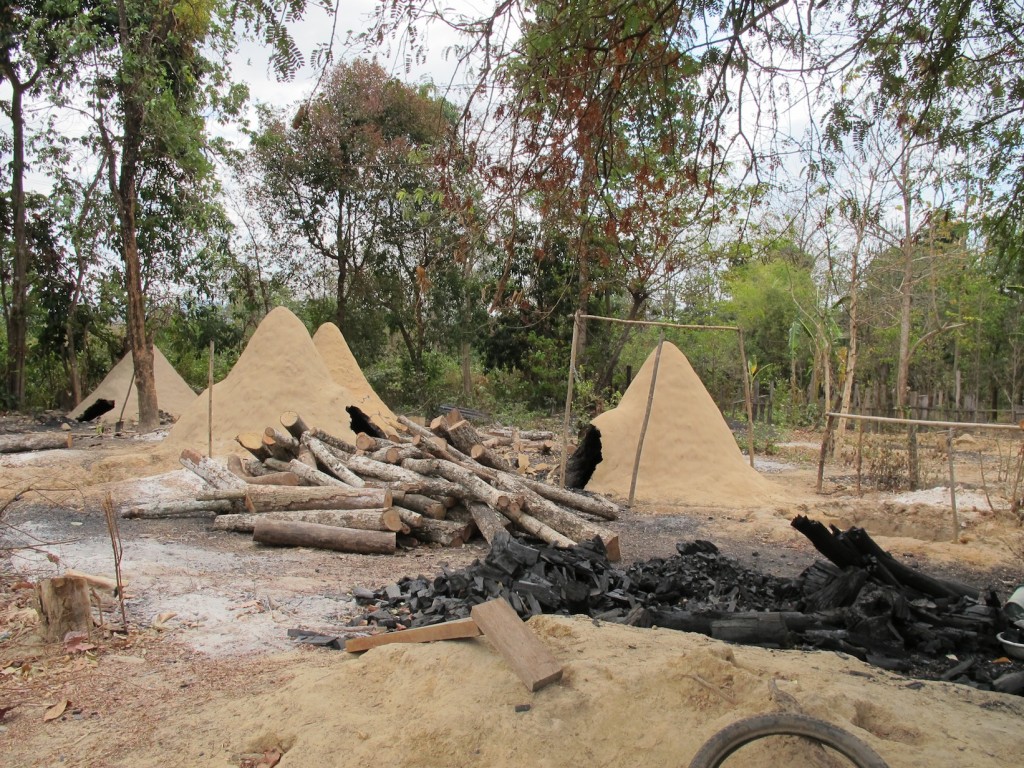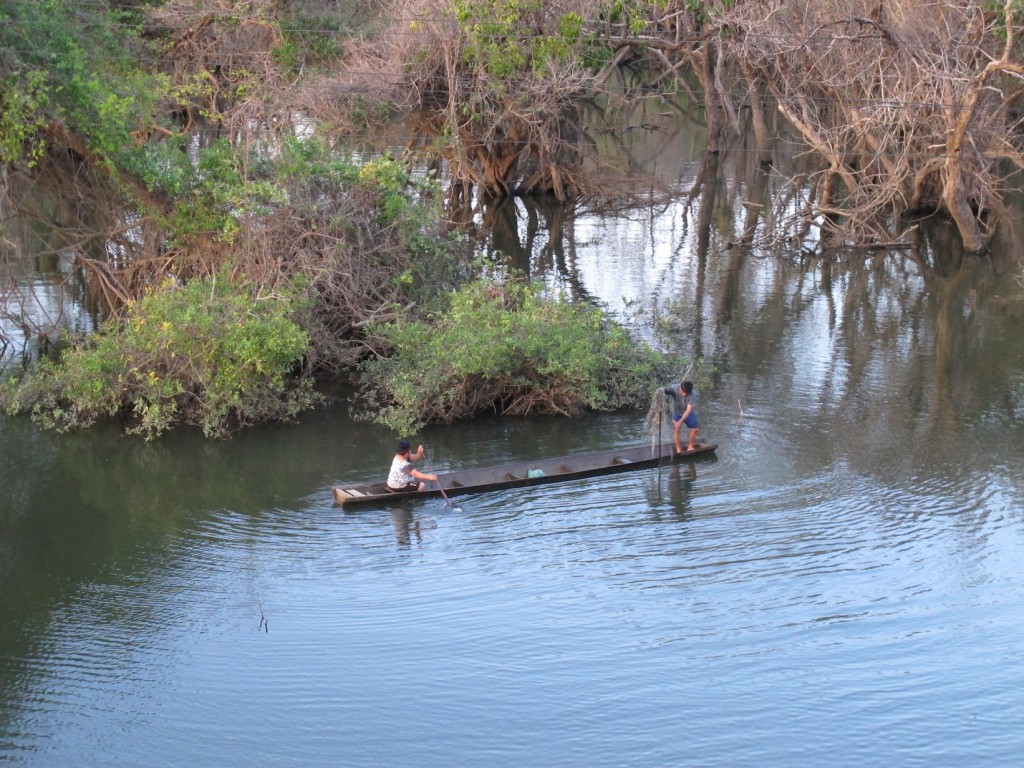|
Fish Numbers in San Francisco Bay Delta Remain Low
|
|
|
|
February 3, 2014
February 2 is World Wetlands Day, a chance to raise awareness about the importance and value of wetlands. Unfortunately, the results from the 2013 California Department of Fish and Wildlife (CDFW) Fall Midwater Trawl present a grim diagnosis of the health of California's largest wetland ecosystem, the San Francisco Bay Delta. With the exception of a few years (1974 and 1979), the Fall Midwater Trawl has been conducted annually from 1967-2013 at approximately 122 stations throughout the Delta. Each station is sampled monthly from September to December, and station locations encompass San Pablo Bay and both the Sacramento River (upstream to Hood) and San Joaquin River (upstream to Stockton). Six fish species documented since 1967 include striped bass (Morone saxatilis), American shad (Alosa sapidissima), threadfin shad (Dorosoma petenense), delta smelt (Hypomesus transpacificus), longfin smelt (Spirinchus thaleichthys), and Sacramento splittail (Pogonichthys macrolepidotus).
Based on population indices reported by CDFW for the Fall Midwater Trawl, all six fish species exhibited low abundance in 2013, and many show continued declining abundance trends (Figure 1). Despite a slight increase in 2011, delta smelt abundance appears to remain low. Low abundance of multiple species may be indicative of the "continuing biological collapse" of the Bay Delta ecosystem, as stated by the California Sportfishing Protection Alliance. Population indices for all surveyed fish species have declined by more than 90 percent since surveys began. Care should be taken in interpreting such calculated indices and extrapolating these trends to a population as a whole, because a survey may not necessarily be representative of an entire population. However, it's hard to deny that many Bay Delta fish populations have suffered dramatic losses in recent decades.

Fish declines in the Bay Delta have been linked to poor water quality, predation by non-native fishes, entrainment, and habitat loss (CDWR 2013). Striped bass, American shad, and threadfin shad are non-native to California, while the delta smelt, longfin smelt, and Sacramento splittail are native species. The delta smelt and longfin smelt are both listed as endangered under the Endangered Species Act, and the Sacramento splittail was delisted in 2003. Non-native fishes, such as the striped bass are known to prey upon juvenile salmon, and likely upon many other fishes (Stevens 1966, Nobriga et al. 2013). Striped bass and American shad have been present in the Delta since the late 19th century (Moyle 2002), and threadfin shad were introduced as a forage fish to the Sacramento-San Joaquin drainage in 1959 (CDWR 2013). Non-native fishes can also compete for food and habitat resources with native species, and the threadfin shad likely competes with the native delta smelt (CSWEM 2010). Declining fish population indices are a symptom of a complex barrage of environmental changes that currently threaten California's major freshwater habitats.
|
|
 |
|
Recent Blog Posts
|
Trees into charcoal
 Hydropower development in rural areas of Laos can change the lives of local people in ways that often are not well studied. Last year, FISHBIO staff in Laos teamed up with Northern Illinois University's Center for Southeast Asia for a special study on the Xe Bangfai River in Khammouane Province, Lao PDR. We helped interview local villagers as part of a project to create interactive e-books about Mekong development planning and fisheries in the Namphit flooded forest. The study area called Namphit is located between Gnommalath and Mahasay districts of Khammouane Province in central Lao PDR. Wetlands in Namphit provide a tremendous source of food for local people, including bamboo shoots, wild vegetables, ant eggs, fish, frogs, snails, and aquatic invertebrates (see Little fishers, Ant snacks). Prior to the construction of a dam on the Xe Bangfai river, Namphit was a seasonally flooded forest that would flood for two or three days in the rainy season. After the floodwaters receded, people living nearby could grow rice and raise livestock on the land. However, once the dam was completed, the area has become submerged year-round, and people can no longer grow rice and raise livestock. 
After interviewing local fishermen, we learned that native fishes are still abundant enough in the flooded forest to provide food and income to local people... Read more >
|
|
|
|
IN THE NEWS: Recent stories you might have missed...
|
State seeks to close stretch of American River to fishing
ABC News

Spawning salmon and steelhead trout already have a perilous journey to return to their birthplace to lay eggs. Now with many Northern California streams and rivers running very low due to the lack of snow and runoff, state wildlife officials are instituting or requesting emergency stream closures. The California Department of Fish and Wildlife (CDFW) is seeking to close the American River from Nimbus Dam to the SMUD power lines over the river at Ancil Hoffman Park until April 30. The department will make its request to the Fish and Game Commission... Read >
|
Capturing coho in Santa Cruz to save them
Santa Cruz Sentinel
 Wading into the San Lorenzo River beneath the Riverside Avenue bridge, volunteers string a net across the width of a wide bend. The net is full of holes, but is seen as a barrier against the extinction of one of the Central Coast's key fish species. One by one, the Monterey Bay Salmon and Trout Project plucks endangered coho salmon from the water. They will be relocated to a Scott Creek hatchery, part of a man-made correction to address a drought so severe that Scott Creek -- the backbone of the coho population -- is still cut off... Read more >
|
Lower Columbia River spring chinook strong return is forecast
Seattle Times

Washington and Oregon fisheries managers agreed on Columbia River hatchery spring chinook fishing seasons with anglers getting 36 days below Bonneville Dam and 55 days above Bonneville. The seasons came to light on the heels of a 2014 upriver Columbia River spring chinook prediction of 308,000 compared to a forecast last year of 141,400 and an actual return of 123,100. If the run actually pans out then it would be the fifth-largest return... Read more >
|
California drought: Meager snowpack sets record
San Francisco Chronicle
 There was a little snow, and the Bay Area got a few sprinkles of rain, but most people's reaction to the long-awaited "storm" that rolled over California on Thursday was along the lines of "are you kidding me?" California is still drier than a baked prune - and the outlook for the state water supply is grimmer than it has ever been. The snowpack in the Sierra is only 12 percent of normal for this time of year - the lowest amount recorded since 1960... Read more > There was a little snow, and the Bay Area got a few sprinkles of rain, but most people's reaction to the long-awaited "storm" that rolled over California on Thursday was along the lines of "are you kidding me?" California is still drier than a baked prune - and the outlook for the state water supply is grimmer than it has ever been. The snowpack in the Sierra is only 12 percent of normal for this time of year - the lowest amount recorded since 1960... Read more >
|
Dark prospects for tuna fishery in the Pacific Islands
FIS

Intensive catches together with subsidised vessels have prepared the current dark scenario the Pacific albacore industry in going through, the Pacific Islands Tuna industry Association (PITIA) regrets. In a recent statement, the organization that represents the tuna industry of the 14 nations that make up the Pacific Islands Forum, emphasized that the decline in the southern longline albacore fishery is verified not only in catch per unit effort (CPUE), but also in the fish size. The facts show that there has been a fast local depletion... Read more >
|
|
|
|
|
|